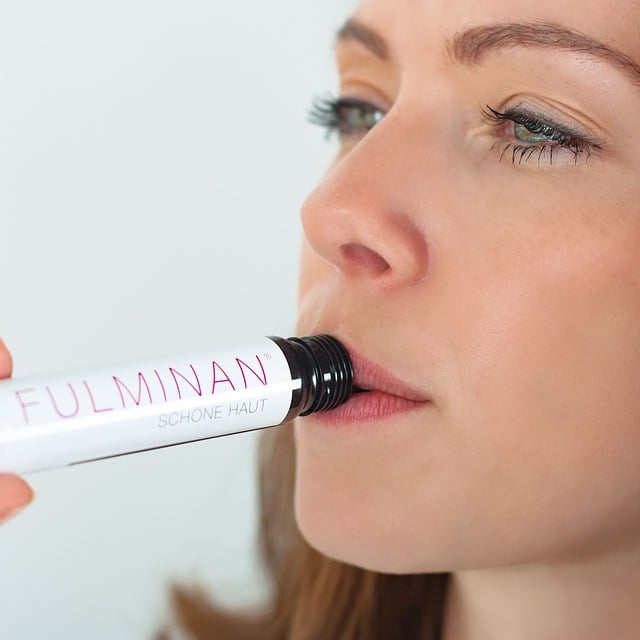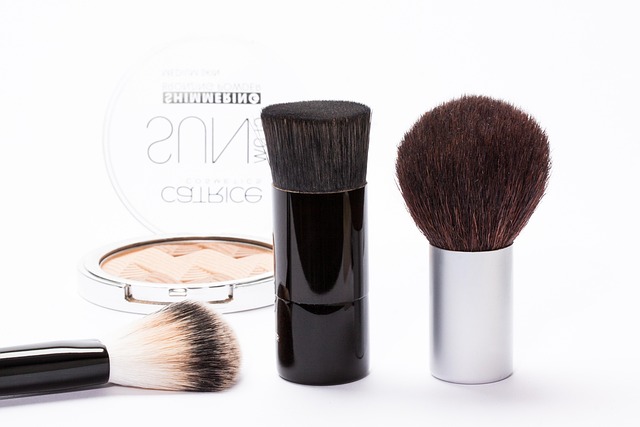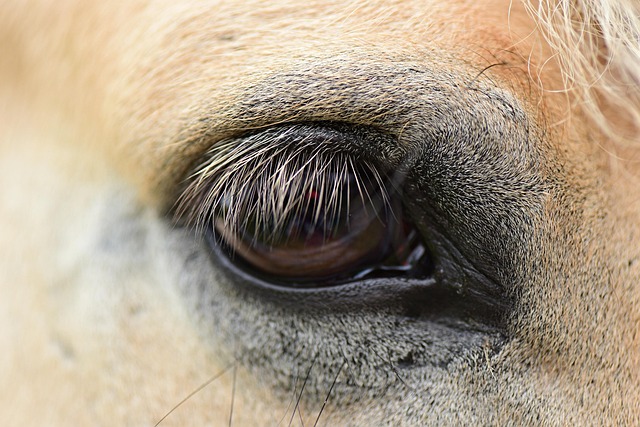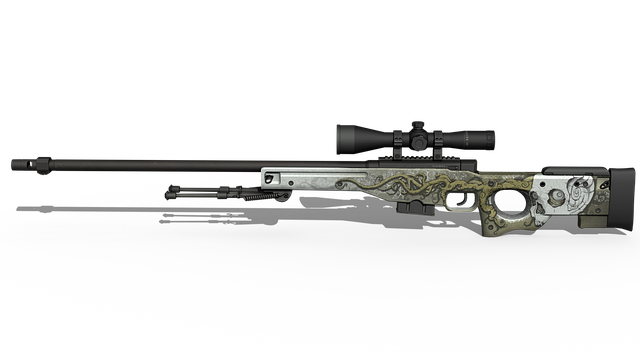The text explores skin aging's complex nature, dividing it into intrinsic (natural degradation) and extrinsic (environmental factors) causes. It introduces RF Skin Resurfacing as a non-invasive treatment using radiofrequency technology to stimulate collagen production, enhance texture, and minimize fine lines and wrinkles. The procedure is customizable for various skin types, offering improvements with minimal downtime. Pre-treatment involves medication adjustments, sun protection, and avoiding facial treatments, while post-treatment care includes managing redness, swelling, and protecting the skin from sunlight. Safety considerations are emphasized, acknowledging potential side effects like redness, swelling, and irritation, stressing the importance of professional guidance and a reputable clinic.
“Unveil a rejuvenated complexion with the transformative power of RF (Radiofrequency) Skin Resurfacing. This cutting-edge technique revolutionizes skin renewal by stimulating collagen production and enhancing tissue regeneration. In this comprehensive guide, we explore the science behind RF technology, its remarkable benefits, and the step-by-step procedure involved. From pre- and post-treatment care to addressing safety concerns, discover why RF Skin Resurfacing is a trusted choice for achieving smoother, more youthful skin.”
Understanding Skin Aging and Its Impact

The process of skin aging is a complex interplay of intrinsic and extrinsic factors that can significantly impact our skin’s health and appearance. Intrinsic aging, driven by natural processes such as collagen degradation and cell turnover rate reduction, starts from our early twenties. This internal clock leads to fine lines, wrinkles, and a loss of skin elasticity over time. Extrinsic aging, on the other hand, is influenced by environmental elements like UV radiation, pollution, smoking, and excessive alcohol consumption. These factors accelerate skin damage, causing premature aging signs, including rough texture, age spots, and a decline in overall skin radiance.
Understanding these aging mechanisms is crucial when considering skincare treatments like RF Skin Resurfacing. Radiofrequency (RF) technology offers a non-invasive approach to combat the effects of skin aging. By targeting deep skin layers, RF Skin Resurfacing stimulates collagen production, improves skin texture, and reduces fine lines and wrinkles. This innovative method provides an effective solution for those seeking to reverse some of the visible signs of aging while maintaining a youthful glow.
Introduction to RF (Radiofrequency) Skin Resurfacing

RF (Radiofrequency) Skin Resurfacing is a revolutionary non-invasive procedure that’s taking the beauty industry by storm. It harnesses the power of radio waves to stimulate collagen production and remodel skin tissue, resulting in smoother, more youthful-looking skin. Unlike traditional exfoliation methods, RF technology offers a gentle yet effective way to achieve significant improvements without downtime or aggressive side effects.
This advanced technique uses targeted radiofrequency energy to heat the deeper layers of the dermis, triggering a natural healing response in the body. This process encourages the production of elastin and collagen, two essential proteins responsible for skin elasticity and firmness. By carefully adjusting the intensity and depth of the RF waves, dermatologists can tailor the treatment to different skin types and concerns, making it a versatile option for addressing fine lines, wrinkles, scars, and texture issues.
How RF Technology Works for Skin Renewal

Radiofrequency (RF) skin resurfacing is a cutting-edge technology that has revolutionized the skincare industry. It involves using concentrated radio waves to penetrate deep into the skin’s layers, stimulating collagen production and elastin fibers. This process effectively addresses various skin concerns, including fine lines, wrinkles, and uneven skin texture. The RF energy heats the target tissues, triggering a natural repair response from the body, resulting in smoother, more youthful-looking skin.
During an RF skin resurfacing treatment, a handheld device is used to deliver precise radiofrequency energy to specific areas of the face or body. This non-invasive procedure offers multiple benefits, such as improved skin tone and texture, reduced pore size, and enhanced overall skin elasticity. Many patients appreciate its minimal downtime compared to surgical alternatives, making it an attractive option for those seeking a more youthful appearance without extensive recovery.
Benefits of RF Skin Resurfacing Treatment

RF Skin Resurfacing offers a multitude of benefits that make it a popular choice in skincare treatments. One of its key advantages is the ability to stimulate collagen production, which significantly improves skin elasticity and reduces the appearance of fine lines and wrinkles. This non-invasive procedure encourages the growth of new, healthy skin cells while gently exfoliating the top layer, resulting in smoother and more youthful-looking skin.
Another advantage of RF Skin Resurfacing is its versatility. It can be tailored to suit various skin types and concerns, from acne scars and hyperpigmentation to fine lines and texture issues. The controlled radiofrequency energy ensures precise targeting without damaging the surrounding tissue, making it a safe and effective solution for those seeking long-lasting improvements in their skin’s appearance and texture.
The Procedure: Step-by-Step Guide

The procedure of RF (Radiofrequency) Skin Resurfacing involves a precise and controlled approach to promote skin rejuvenation. It begins with thorough cleaning of the treatment area, followed by application of a numbing agent to ensure patient comfort. The next step is the placement of a handpiece over targeted zones, delivering focused RF energy to stimulate collagen production and improve skin texture. This non-invasive technique gently heats the deep layers of the dermis, encouraging the growth of new, healthy skin cells without causing significant discomfort.
After the RF treatment, the skin is gently wiped clean, and a calming or hydrating serum may be applied to soothe and optimize the healing process. Patients can expect some redness and mild swelling, which typically subside within a few hours to a day. This step-by-step guide ensures that RF Skin Resurfacing is both effective and safe, offering a rejuvenated complexion with minimal downtime.
Pre- and Post-Treatment Care Instructions

Pre-Treatment Care: Before undergoing RF (Radiofrequency) Skin Resurfacing, it’s crucial to prepare your skin. Avoid certain medications and supplements that can increase bleeding risks for at least two weeks before the procedure. Also, refrain from sun exposure, using retinoids or other exfoliating products, and any facial treatments. Ensure you communicate with your dermatologist about your medical history, as some conditions may require special considerations. The week leading up to the treatment should focus on gentle skincare, hydration, and protection from the sun to optimize results post-procedure.
Post-Treatment Instructions: After RF Skin Resurfacing, follow your dermatologist’s advice for pain management and healing. You might experience redness, swelling, and mild discomfort, which typically subside within a few days. Avoid touching or rubbing the treated area and refrain from using makeup until your doctor approves. It’s essential to protect your skin from the sun during the recovery period, using broad-spectrum sunscreen with at least SPF 30. Additionally, maintain a gentle skincare routine, avoiding harsh products or exfoliants for the first few weeks. Staying hydrated and getting adequate rest will aid in the healing process.
Safety, Side Effects, and Common Concerns

Skin renewal resurfacing, especially with Radio Frequency (RF) Skin Resurfacing, is a popular procedure for achieving smoother, more youthful-looking skin. However, like any medical treatment, it’s crucial to address safety concerns and be aware of potential side effects. RF Skin Resurfacing involves using focused radio waves to heat the deeper layers of the skin, stimulating collagen production and improving skin texture. While generally considered safe when performed by a qualified professional, there are risks involved.
Common side effects may include redness, swelling, and temporary sensitivity in the treated area. In rare cases, it can lead to skin irritation, blistering, or changes in skin color. It’s essential to choose a reputable clinic and discuss any concerns openly with your provider before undergoing the procedure. They can provide guidance tailored to your needs, ensuring a safe and effective experience while minimizing potential risks associated with RF Skin Resurfacing.
